Track my order
RESOURCES
Shipping Container Security 101: How to Secure Your Shipping Container
Though extremely durable, a container’s “wind and watertight” capabilities can diminish when you don’t take proper care of it. So, what can you do to increase your shipping container’s security from the elements?


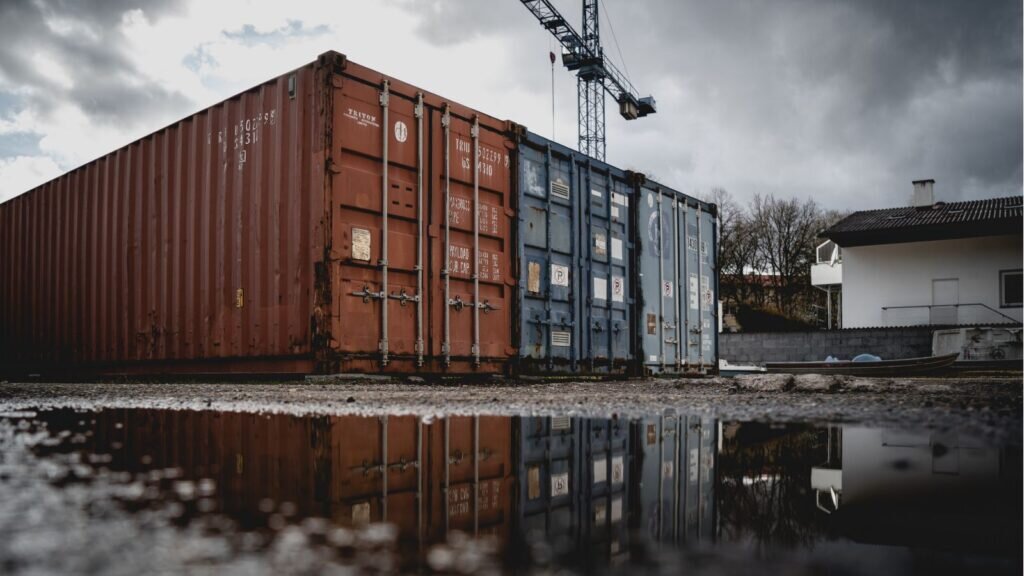
Shipping containers, by their very design, protect your cargo from two common threats: weather and theft. All standard 40ft and 20ft shipping containers are made out of COR-TEN steel (sometimes called weathered steel), an incredibly durable material that is resistant to corrosion. This is one of the features that makes shipping containers capable of withstanding elements like rain, snow, and sea spray on their journeys by truck, train, and ship.
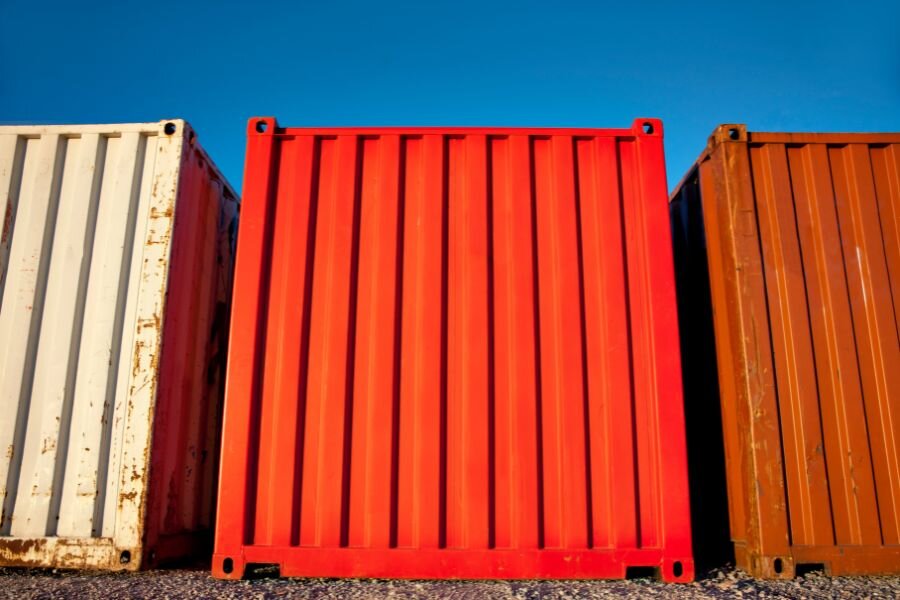
The design of shipping containers also provides owners with protection against thieves since they’re created out of this durable metal. But these features aren’t enough to guarantee that your shipping container is completely safe from intrusion, whether that be from bad weather or a burglar. If you’re interested in securing a 40ft shipping container or 20ft shipping container from intrusions, you should follow these tips.
How Can You Secure a Shipping Container from the Weather?
“Wind and watertight” means that the container doors have unbroken rubber seals that prevent infiltration of wind or water. The containers also don’t have any major holes or tears along the exterior walls, which will prevent wind, rain, and snow from making their way inside the container. Though extremely durable, a container’s “wind and watertight” capabilities can diminish when you don’t take proper care of it. So, what can you do to increase your shipping container’s security from the elements?
Choose Newer Containers
As containers age, they start to become less durable and more susceptible to the elements. The container can develop holes. The rubber seals around the doors can break, and the interior flooring can wear down. All of this makes your container more vulnerable to wind and water intrusion.
So, if you are shopping for shipping containers and you’re worried about long-term durability in a more severe climate, you should consider getting new shipping containers over used options (cargo-worthy grades or wind-and-watertight grades).
Protect Against Groundwater
When your shipping container is resting directly on the ground, its base will be vulnerable to groundwater and pooling rainwater. Water could enter the container, whether it’s through an open door, a broken seal, or a hole in the wall. Water will also accelerate the corrosion process, which could lead to rust patches and other surface vulnerabilities. The more rust patches your shipping container has, the less secure it is from the weather.
So, how can you protect your shipping container? Blocking. Blocking is when you raise your container off the ground on level cement blocks to prevent water from pooling around the bottom.
Blocking is ideal for shipping containers that will eventually be transported. For permanent structures like shipping container homes and storage units, you should consider placing the container on a cement foundation to protect the base of the container from groundwater and keep the structure level.
Secure It to the Ground
To protect your shipping container from strong winds, ensure that your shipping container is secured to the ground — especially if you’re in an area that is vulnerable to hurricanes or other inclement weather.
One of the most common ways to secure your container is by using ground plates with twist locks, these will keep your container firmly secured to the foundation, even in the face of severe storms. Twist locks are also useful to help secure containers for moving purposes since the locks keep the container fastened to the delivery truck bed.
Make Repairs Quickly
If your shipping container develops rust patches, holes, or tears, you’ll need to make repairs quickly. The longer you leave these problems, the worse they will get and eventually affect the security of your shipping container against the weather.
So, remove rust, patch holes, and weld larger tears as soon as possible. Once these areas are repaired, you should coat them with water-resistant paint.
When the seals around the entrance doors are cracked or worn out, replace them.
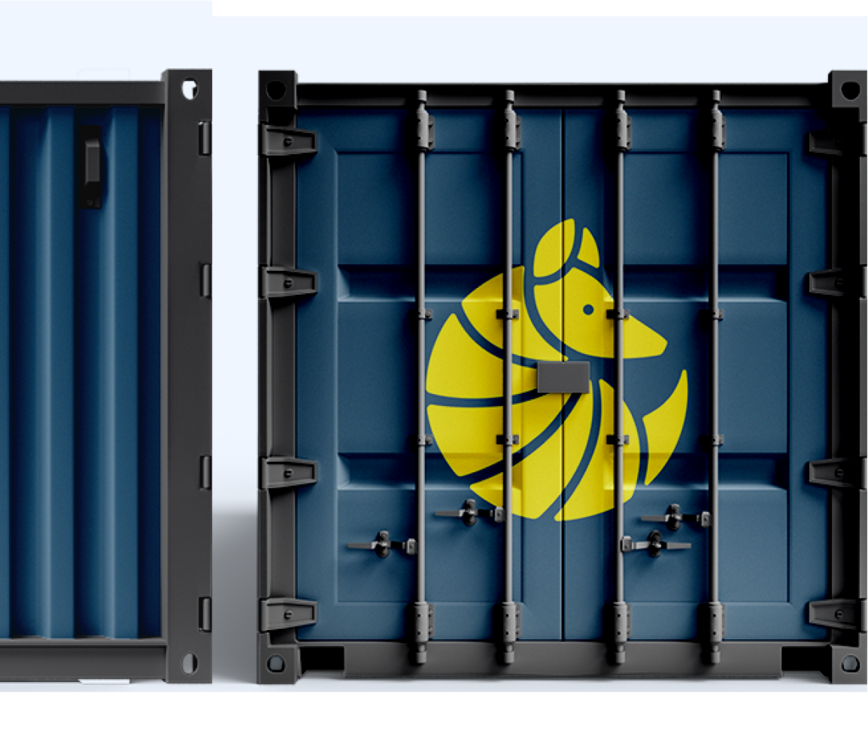
How Can You Secure a Shipping Container from Thieves?
Shipping containers are made of durable materials that are difficult to break into — after all, they are meant to be picked up by heavy machinery and stacked on top of each other without bending or bowing.
While breaking into a shipping container isn’t easy, it isn’t impossible, either. A thief could pick or break open a security lock on the shipping container’s doors or use a pair of bolt cutters to access the airlock. If the shipping container has been modified with additional doors and windows, they could also try to force their way through them.
So, what can you do to increase your shipping container’s security from thieves?
Lock Boxes
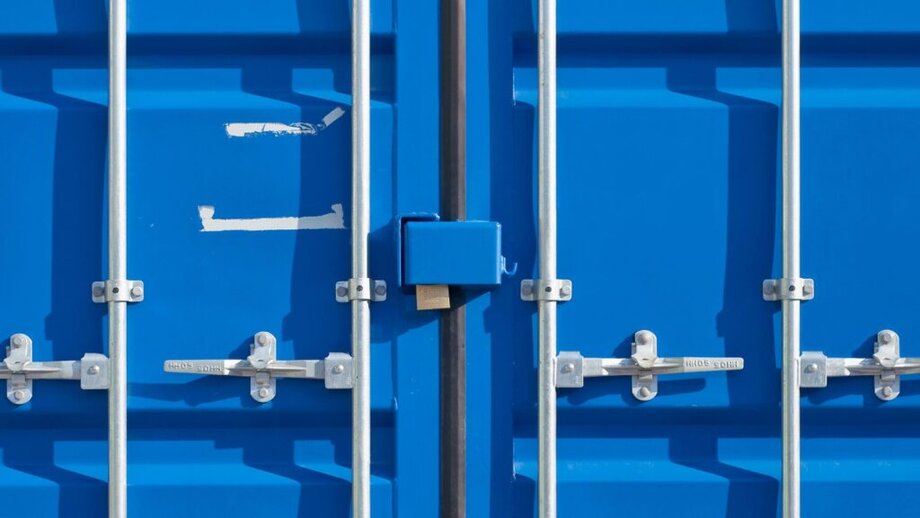
You should always use a security lock on the entrance (along with any additional doors) of your shipping container when it’s not actively in use. A strong padlock can present enough of an obstacle for thieves that want to grab items and flee.
For additional protection, you should use shipping container security lock boxes. These cover most of your padlock, which will prevent tampering, like lock cutting since it only leaves enough room to insert a key into the lock.
Shipping Container Security Systems
To add another layer of security to your shipping container, install a security system. The shipping container’s security system will blare an alarm when a thief breaches the entrance and, depending on the type of alarm, could even alert authorities about the break-in. For many thieves, the alarm going off will be enough for them to quickly leave the scene.
Additionally, you can put a sticker of the security system brand on the outside of your shipping container. This will let criminals know they will set off an alarm if they attempt to break into it. This simple warning could be enough to make them reconsider breaking in altogether.
Security Cameras
Other security devices that you should add to your shipping container are security cameras. Security cameras can provide real-time video surveillance of the exterior of your shipping container. Much like a security system logo, visible security cameras on your shipping container can deter thieves.
If thieves still decide to break into the container, video footage can provide evidence of the crime and even help the proper authorities catch the perpetrators — and potentially retrieve the items that were taken.
Motion Sensor Lights
Motion sensor lights are excellent security devices to add to the exterior of your shipping container. Once activated, the bright lights will not only alarm the burglar but also can help to increase visibility should you have security cameras as well. This way, even if the bright lights don’t ward off the intruder, at least you’ll have a better chance of seeing who’s attempting to break into your container.
Don’t let your cargo get ruined by bad weather or stolen by bad actors. There are plenty of shipping container security devices and actions that you can take to keep your cargo safe. Increasing your shipping container security is well worth the investment.
Learn more about choosing the right container, here.

About Nina Barango
Nina Barango is an experienced content marketer and container expert with a proven track record in the tech and logistics industry. Having worked with various startups and SMEs, she bridges the world of marketing, tech and shipping containers. When she's not creating content that'll revolutionize global container trade, you can find Nina reading a book or mastering her video editing skills.




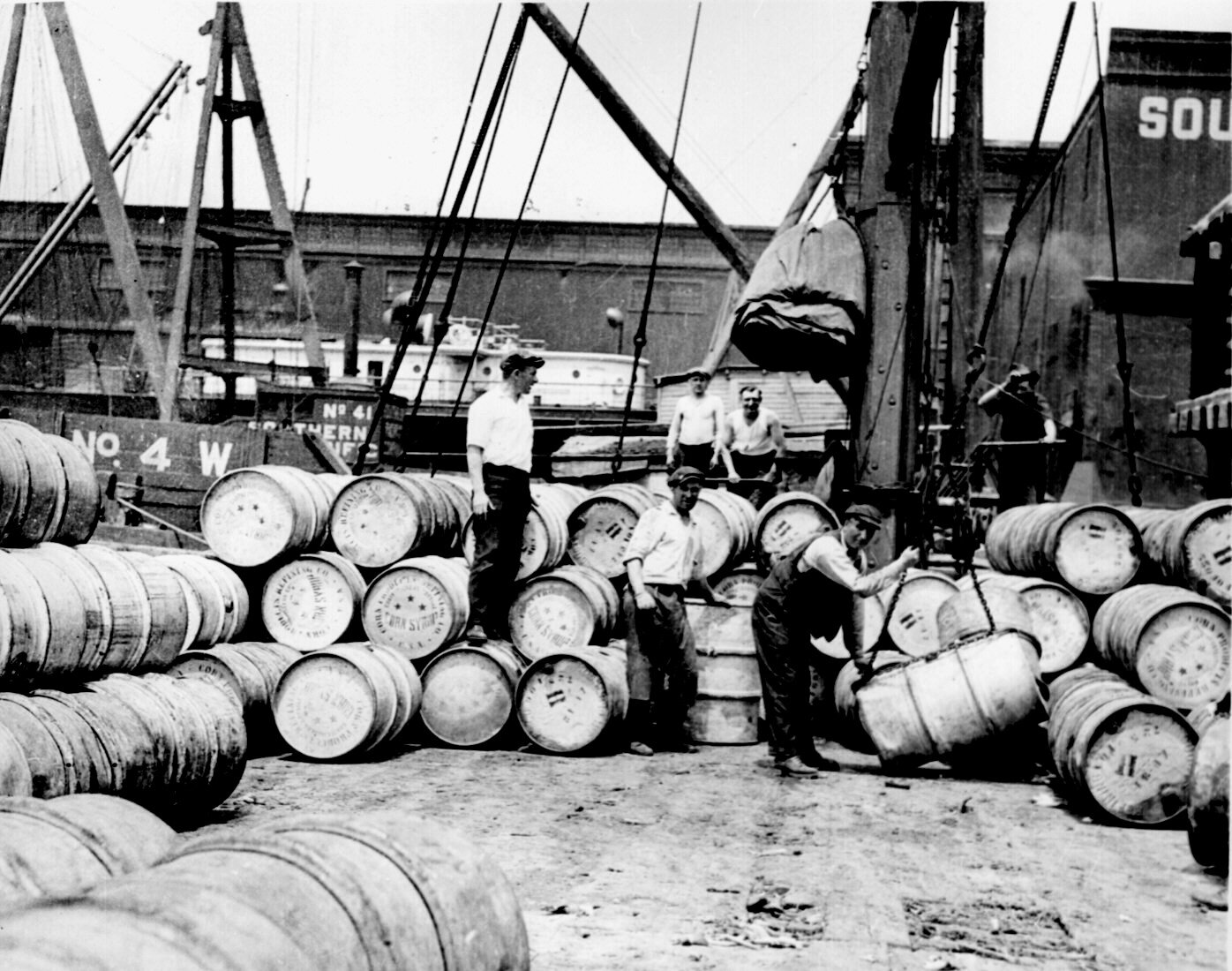


Continue Shopping
Loading cart